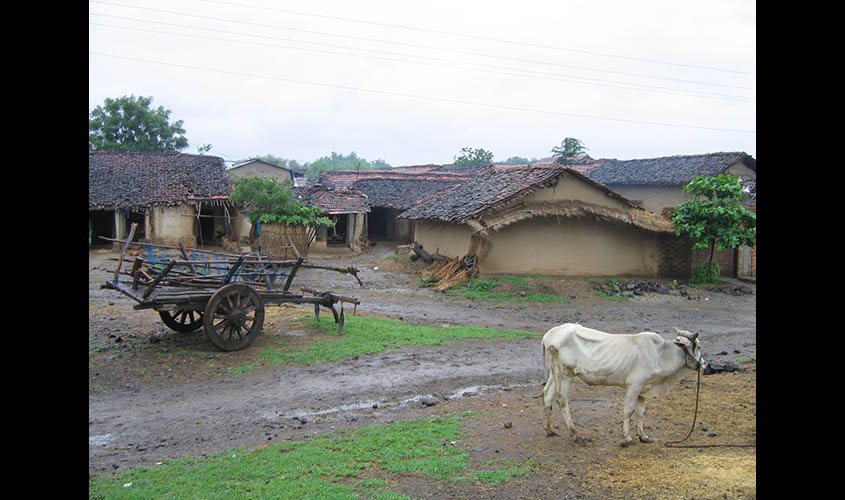The rural development scheme—the Saansad Adarsh Gram Yojana (Saanjhi)—does not seem to have taken off as, under the third phase of the scheme, nearly 67% parliamentarians (Rajya Sabha and Lok Sabha) have still not identified the Gram (village) to adopt and develop, according to the summary report of the Saanjhi scheme (Phase-3).
Saanjhi, aimed at developing three Adarsh Grams (ideal village) by March 2019 by each Lok Sabha and Rajya Sabha parliamentarian, was launched in 2014 by Prime Minister Narendra Modi.
One of the Modi government’s flagship schemes, Saanjhi envisages integrated development of the selected village across multiple areas such as agriculture, health, education, sanitation, environment, livelihoods, etc.
According to the report on Saanjhi, hosted on the Saanjhi portal—maintained and updated by the Ministry of Rural Development—as on 23 November 2018 by the time of the third round, out of a total 545 Lok Sabha members, only 208 members had identified villages for adoption and development, while out of a total 242 Rajya Sabha members, only 53 members had identified a village for the same purpose. The Saanjhi portal updates data on the adoption of villages on a regular basis.
However, enthusiasm during the first phase of the scheme had led to the success of the scheme, as in the first round, out of 545 Lok Sabha members, 500 members identified villages for adoption and development, while out of 245 Rajya Sabha members, 200 members had identified villages for adoption, but the slowdown began from the second round of the scheme and that resulted in the poor adoption rate.
In the second round, out of 545 Lok Sabha members, only 358 members identified villages for adoption, while out of 245 Rajya Sabha members, only 130 members identified villages for adoption and development.
The Saanjhi report also suggests that even many heavyweight ministers from the BJP have not identified a village in the third round for adoption and development.
A closer look at the official data suggests that 42% of Union ministers have not identified a village in phase 3.
As per the report, 10 high-profile parliamentarians who have not identified villages for adoption in the third round include D.V. Sadananda Gowda, Minister for Statistics and Programme Implementation; Nitin Gadkari Minister for Road Transport and Highways, Water Resources, River Development and Ganga Rejuvenation; Anant Geete, Minister for Heavy Industries and Public Enterprises; Suresh Prabhu, Minister for Commerce and Industry and Civil Aviation; Arun Jaitley, Minister of Finance and Corporate Affairs, Ravi Shankar Prasad, Minister of Law and Justice and Electronics and Information Technology; Smriti Irani, Minister of Textiles; Prakash Javadekar, Minister of Human Resource Development; Dharmendra Pradhan, Minister for Petroleum and Natural Gas; and Chaudhary Birender Singh, Minister of Steel.
The Saanjhi report further suggests that Lok Sabha members from as many as 12 states and Union Territories (UTs) and Rajya Sabha parliamentarians from 16 states and UTs have not identified a single village in phase 3 of the Saanjhi scheme. In Uttar Pradesh (UP), out of 108 MPs (both houses), 56% have not adopted villages. In Maharashtra, 88% of the 67 MPs have so far not identified villages for adoption.
Even in Delhi, only two parliamentarians out of seven have so far identified a village for adoption in the third round, while none of the Rajya Sabha members from Delhi bothered to identify a village in the third round of Saanjhi.
Saanjhi was initiated by Prime Minister Narendra Modi to bring MPs of all -political parties under one umbrella, while taking responsibility for developing the physical and institutional infrastructure in villages and turn them into “model villages”. Under this scheme, each Member of Parliament needs to choose one village each from the constituency that they represent, except their own village or their in-laws’ village and fix parameters and make it a “model village” by 2019.

